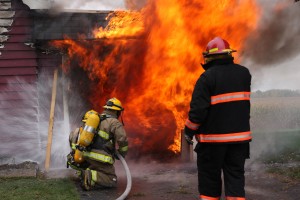- BY Rw7qyBKv2Y
- POSTED IN Design
- WITH 0 COMMENTS
- PERMALINK
- STANDARD POST TYPE

Home Fire Safety In Bergen County NJ
 It’s that time when many begin to think about what they might want to accomplish in the New Year. Considering that 83 percent of all fire deaths in the United States happen in homes, the U.S. Fire Administration (USFA) is urging everyone to include some safety resolutions to keep their 2016 a healthy and fire-safe year. Home fire safety is very important to us, especially home fire safety in Bergen County NJ, our home.
It’s that time when many begin to think about what they might want to accomplish in the New Year. Considering that 83 percent of all fire deaths in the United States happen in homes, the U.S. Fire Administration (USFA) is urging everyone to include some safety resolutions to keep their 2016 a healthy and fire-safe year. Home fire safety is very important to us, especially home fire safety in Bergen County NJ, our home.
Follow these tips to ring in Home Fire Safety In Bergen County NJ this New Year:
- Make sure your home is protected by working smoke alarms. Half of all home fire deaths happen at night, when people are sleeping.
- Test your smoke alarms once a month, and replace your smoke alarms when they’re 10 years old.
- Cooking is the main cause of home fires and home fire injuries. Make safety your first ingredient; stay in the kitchen when you are cooking at high temperatures. Fires start when the heat gets too high. If you see any smoke or grease starts to boil, turn the burner off.
- Candle with care. Unattended candles are an obvious fire danger. When you leave a room, blow out the candle. Or consider using flameless candles.
- If you have children living in your home or visiting look for fire and burn dangers from their point of view. Never leave lighters or matches where children can reach them.
- Practice fire drills at home. More fires happen in the home than they do at school, yet fire drills are practiced monthly at learning institutions. Select a meeting place. Discuss what to do about windows. And instill in children never to hide when there is a fire.
The above is an excerpt adapted from the article, “SFD: Fire safety should be among your New Year’s resolutions.” For more information, please visit www.scottsdaleaz.gov.




